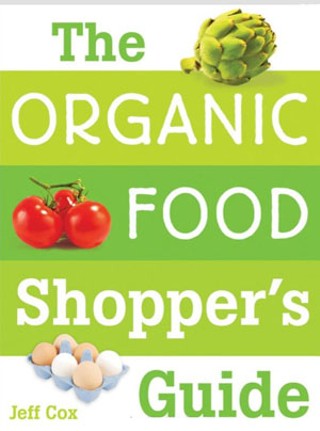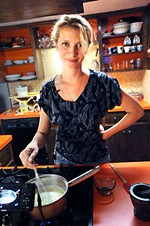Read to Eat
Start the summer with great food stories and recipes worth a little perspiration
By Kate Thornberry, Fri., May 30, 2008

The Organic Food Shopper's Guide
by Jeff CoxWiley, 320 pp., $14.95 (paper)
This book tells you all the things you need to know to select the best food for yourself and your family and tells you how to cook it, too. It is a wonderful resource for those times when you are wondering what the difference is between natural, grass-fed, and organic beef (and there are big differences between the three) or whether it would be so terrible if you got the conventionally grown chestnuts (it's not!). This book outlines what the organic advantage is to every food in the store so you can evaluate the risks (or lack thereof) yourself.
Cox also tells you what to look for to ascertain freshness, when vegetables and fruits are "in season," and gives a breakdown of each food's nutritional value. If this were all this book contained, it would be a shopping must, but Cox also gives one or two (or three) classic recipes for each and every food and suggests flavor combinations. The recipes included are inspiring: Amaranth Popovers, strawberry-rhubarb crisp, shrimp risotto, citrus panna cotta, mojitos, garlic-and-rosemary rack of lamb – a recipe for every food in the supermarket. Each one is a fine example of an exciting dish that can be made with the food in question.
Cox also goes into the details of why it's a good idea to buy organic and the differences between conventional agriculture and organic farms. He explains genetically altered foods and industrial hormones, Fair Trade and hydrogenation. Having the facts at your fingertips when you're shopping is a great way to make sure you're getting the best nutrition possible.








